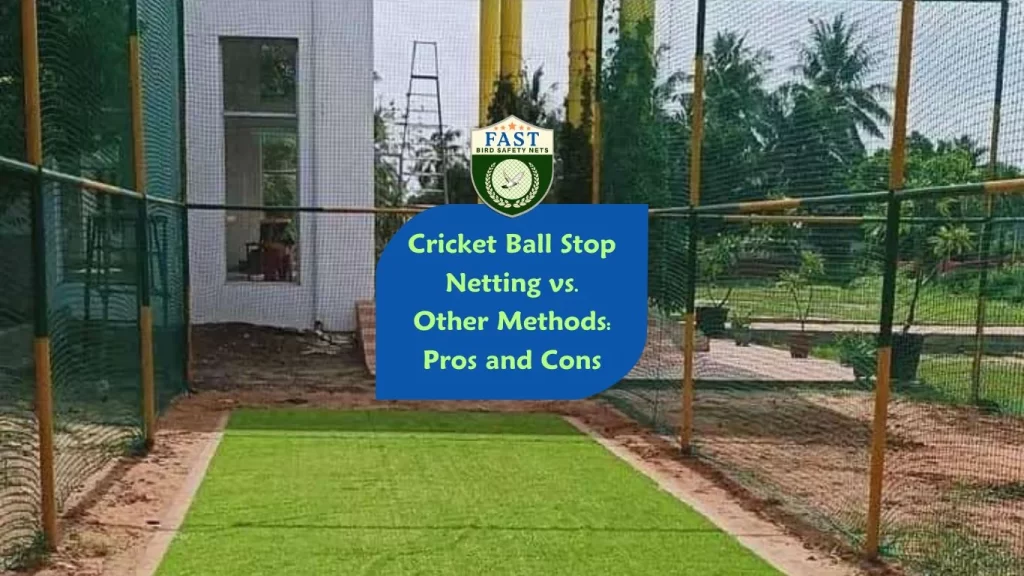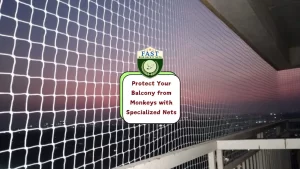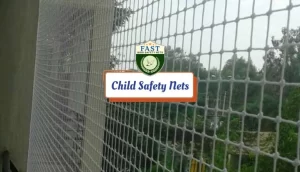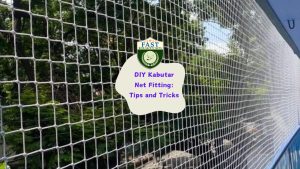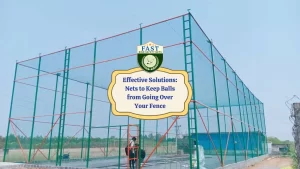Introducing the comparison between cricket ball stop netting and alternative methods such as fencing and protective screens highlights the diverse approaches available for effective ball containment in sports settings. Each method offers unique advantages and considerations, catering to different needs ranging from specialized sport-specific solutions to versatile applications across various environments. Understanding these differences is crucial for selecting the most suitable option based on specific requirements, ensuring both functionality and practicality in managing ball movement and safety concerns
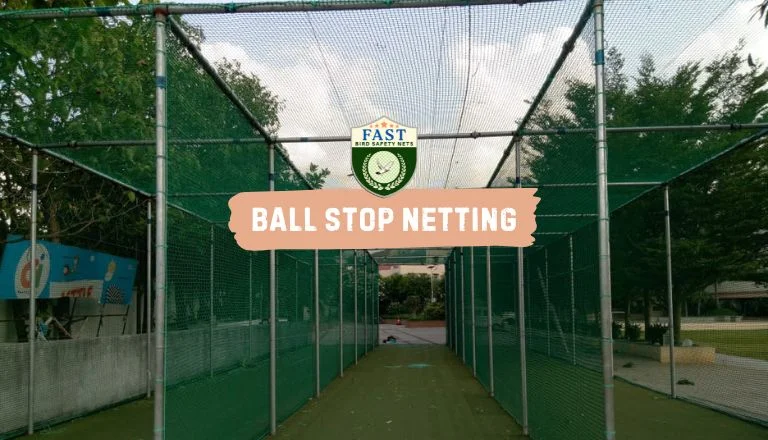
Cricket Ball Stop Netting:
Pros:
- Effective Ball Containment: Specifically designed to stop cricket balls, preventing them from going out of bounds.
- Customizable: Available in various heights and configurations to suit different playing areas.
- Durable: Made from high-quality materials that withstand impact and weather conditions.
- Low Maintenance: Requires minimal upkeep once installed.
Cons:
- Specialized Use: Primarily suitable for cricket fields and may not be versatile for other sports or applications.
- Installation: Requires professional installation for optimal performance and safety.
Other Methods (e.g., Fencing, Protective Screens):
Pros:
- Versatility: Can be used for multiple sports and applications.
- Physical Barrier: Provides a visible barrier to prevent ball movement.
- Options: Various materials and designs available to suit different needs and budgets.
Cons:
- Space Constraints: May require more space than netting solutions.
- Maintenance: Regular maintenance needed, such as painting or repairs.
- Aesthetic Impact: Can affect the visual appeal of the area, especially in residential settings.
In conclusion, while cricket ball stop netting from Fast Safety Nets Hyderabad is highly effective and tailored for cricket fields, other methods like fencing and protective screens offer versatility with varying pros and cons depending on specific needs and preferences.

